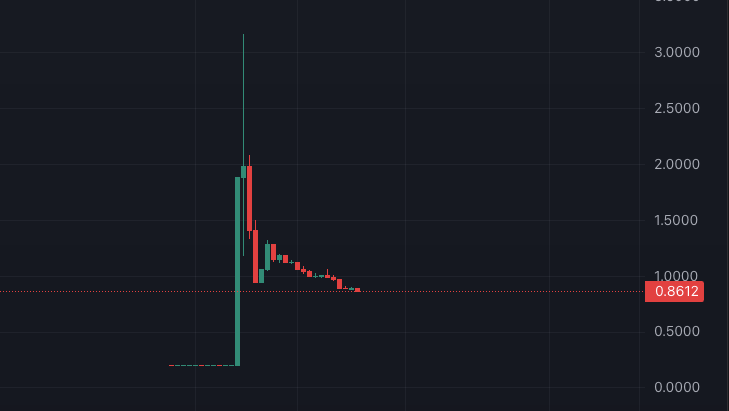
As a crypto whale offloaded JELLY tokens, Hyperliquid halted trading and delisted the token, citing 'suspicious market activity.' Another day in DeFi chaos!
How a Whale Manipulated Hyperliquid for $6M
The decentralized exchange Hyperliquid recently faced a major exploit, leading to the delisting of the Jelly-my-Jelly (JELLY) token. A trader manipulated the exchange’s liquidation system, walking away with millions. Here’s how it happened and what it means for DeFi traders.
The Setup: JELLY Token’s Rapid Rise and Fall
JELLY was launched on Jan. 30 as part of the JellyJelly Web3 social media project. Initially, its market cap neared $250 million, but by March 26, it had plummeted to $25 million. A short squeeze on March 26 set the stage for the exploit.
How the Exploit Worked
According to blockchain analysis from Arkham Intelligence and ZachXBT, the exploiter used a calculated series of trades:
- Deposited $7 million across three Hyperliquid accounts.
- Opened two long positions worth $2.15M and $1.9M.
- Opened a $4.1M short position to offset the long positions.
- JELLY’s price surged 400%, forcing liquidation of the short position.
- The liquidation was absorbed by the Hyperliquidity Provider Vault (HLP) instead of being processed normally.
- The whale withdrew $6.26 million before Hyperliquid restricted accounts.
Hyperliquid’s Response
As the whale began selling off JELLY, Hyperliquid froze trading and delisted the token, citing “suspicious market activity.” The exchange announced that most affected users would be reimbursed, except for flagged addresses linked to the exploit.
Backlash and Industry Reactions
Not everyone was satisfied with Hyperliquid’s handling of the situation:
- Gracy Chen, CEO of Bitget, called their response “immature, unethical, and unprofessional.”
- Alvin Kan, COO of Bitget Wallet, warned that JELLY was another example of hype-driven speculation without fundamentals.
- Arthur Hayes, BitMEX founder, dismissed concerns, stating that traders in DeFi know the risks and will continue gambling regardless.
Lessons for DeFi Traders
This exploit shows the dangers in DeFi trading:
- Illiquid tokens are easy targets for manipulation.
- Even “decentralized” platforms exercise centralized control in crises.
- Hype-driven tokens without real utility remain vulnerable to collapse.
Hyperliquid has since announced system upgrades, including stricter liquidation limits and an on-chain voting mechanism for asset delisting.
The true irony? Everyone lost. The exchange took a hit, traders suffered losses, and even the exploiter left money behind.
What do you think? Was Hyperliquid justified in freezing trades, or did it overstep? Share your thoughts below!
S Taylor is a crypto trader with five years of experience, having navigated a wide range of market dynamics and witnessed numerous scams firsthand. As a former victim of scams, S Taylor turned their focus to blockchain forensics and Solidity Smart Contract development, gaining deep technical expertise in the field. With a unique insider’s perspective, they’ve been involved in various crypto projects, where they’ve seen how developers can exploit vulnerable investors.
S Taylor is also the published author of Meme Coins Made Easy, a comprehensive guide that teaches beginners about cryptocurrency and how to identify and avoid common scams. S Taylor is dedicated to sharing valuable insights and helping the crypto community stay informed and safe.
Disclaimer: This article is for informational purposes only and should not be considered legal, tax, investment, or financial advice.



